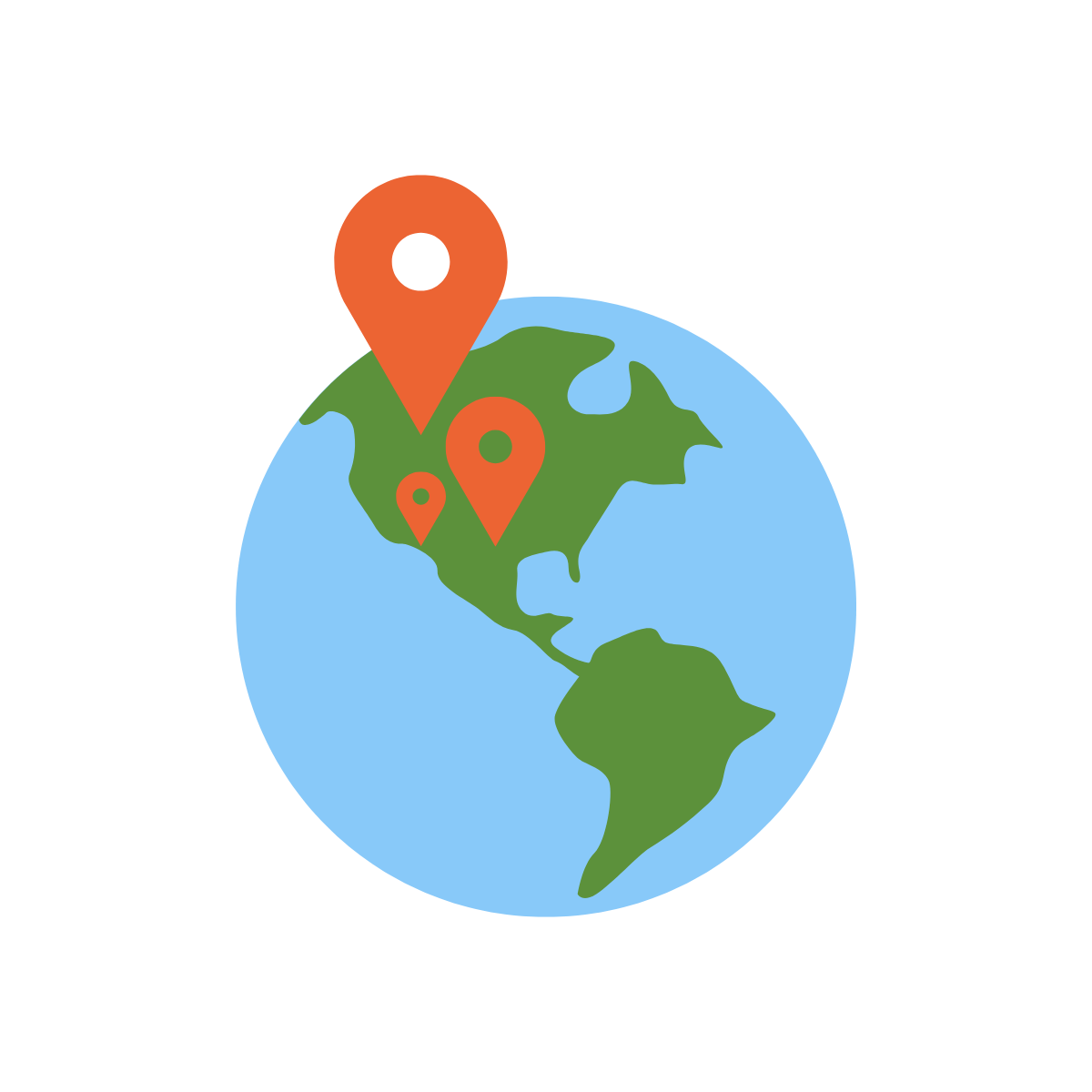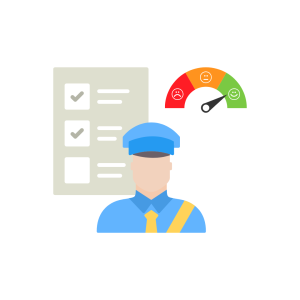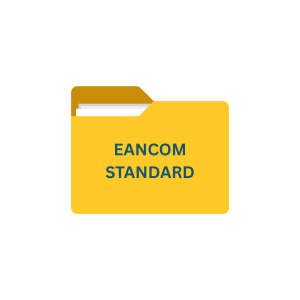A GLN is a Global Location Number and is part of the GS1 systems of standards which is used to identify locations and legal entities. This unique identifier is 13 digits, comprised of a GS1 Company Prefix, Location Reference, and Check Digit.
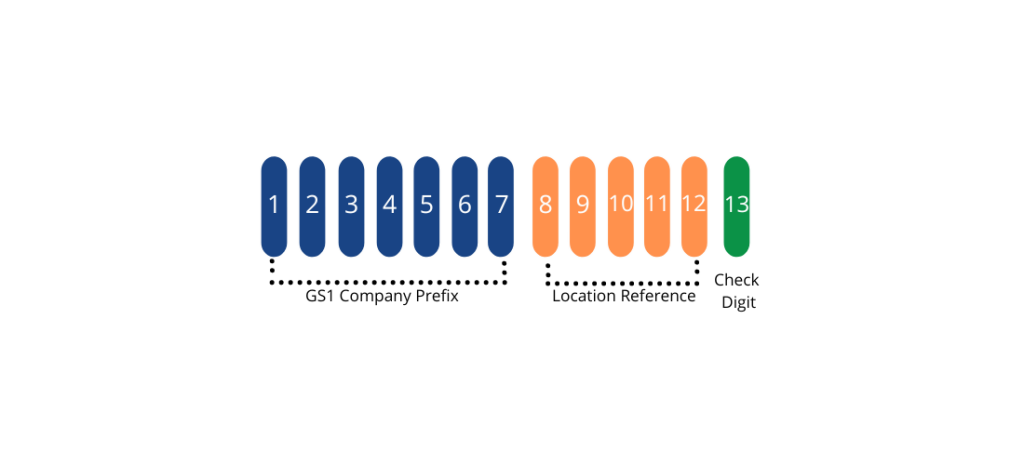
What is a GLN used for?
GLNs are used to identify parties to business transactions; functional groups within a company; or real, physical “places” that might ship, receive, process, or hold inventories.
- Legal Entities: whole companies; subsidiaries or divisions within a company; health system corporation; etc.
- Functional Entities: specific departments within a legal entity, such as an accounting department, purchasing department, hospital pharmacy, etc.
- Physical Locations: manufacturing facility, distribution center, warehouse, dock door, hospital wing, bin location, retail store, etc.
- Digital Locations: an electronic or non-physical address such as an EDI gateway or ERP system
The GLN is a required component for using the Global Data Synchronization Network (GDSN) and various types of e-commerce transactions. This global identification system of GS1 helps ensure that the GLN placed in a barcode or Electronic Product Code (EPC) is the same information contained in the corresponding electronic documents processed between trading partners.
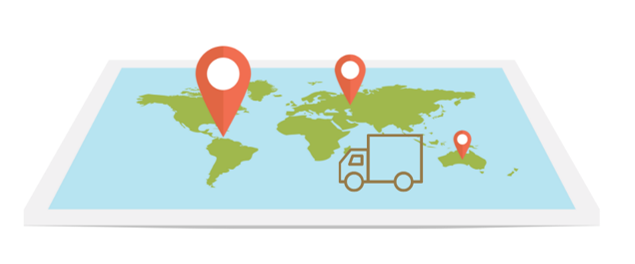
Benefits of Using GLNs
There are several benefits of using the GLN to identify parties, functional groups, and physical locations:
- Improve traceability within the supply chain
- Eliminate costs caused by inaccurate data
- Save time on manual documentation and data entry
- Improve order and invoice process efficiencies
- Eliminate the need for proprietary identification codes, which can lead to errors and additional costs
- Simple: an easily defined data structure with integrity checking that facilitates the processing and transmission of data
- Unique: GLNs are unique worldwide
- Multi-Sectional: the nonsignificant characteristic of the GLN allows any location to be identified for any company regardless of its activity anywhere in the world
Where GLNs are used?
Data carriers
GLNs in barcodes can help to route products to their destination or capture where they came from. Use of EPC®/RFID and readers identified with GLNs can support automatically capturing the movement of goods without the need for line-of-sight scanning or other manual intervention.
Systems and communications
Sharing information relating to parties and locations using GLN within GS1 standards like EDI and EPCIS will enhance transitional data and physical event data.
GDSN Defined
The Global Data Synchronization Network (GDSN) is the world’s largest product data network.
GDSN makes it possible for any company, in any market, to share high-quality product information seamlessly. Because companies of all sizes need the same thing—timely and reliable product information—to ultimately benefit consumers and patients.
With GDSN, high-quality product content is uploaded, maintained, and shared automatically, ensuring trading partners have immediate access to the most current and complete information needed to exchange products on both local and global markets.
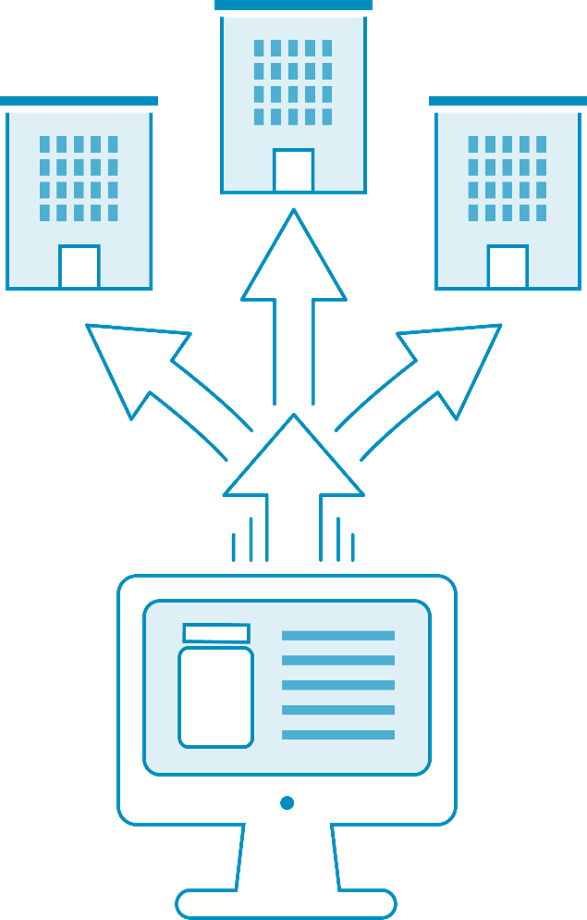
About GS1
GS1 is a neutral, not-for-profit, international organization developing and maintaining standards including barcodes. GS1 standards, services and solutions are designed to improve the efficiency, safety and visibility of supply chains across physical and digital channels in a wide variety of sectors.
Sources: GS1.org
Conclusion
A Global Location Number (GLN) is a unique identifier assigned to a physical location or legal entity in the supply chain. It plays a crucial role in facilitating efficient and accurate communication between businesses by providing a standardized way to identify and track entities across the global marketplace. The use of GLNs enhances supply chain visibility, reduces errors, and promotes seamless interoperability in various industries.
Download: EDI Buyers Guide
Unlock the full potential of your supply chain with our comprehensive EDI Buyer's Guide — your first step towards seamless, efficient, and error-free transactions
Frequently Asked Questions
A Global Location Number (GLN) is a globally unique identifier assigned to a specific location or legal entity. It is crucial in business for accurate and standardized identification of entities within the supply chain, promoting efficiency, reducing errors, and improving communication between trading partners.
While barcodes and QR codes encode information about products, GLNs are unique identifiers for locations or entities. GLNs provide a standardized and globally recognized format for identifying physical or legal entities, facilitating efficient communication in the supply chain.
GLNs are typically assigned by a GS1 Member Organization in each country. Businesses can obtain a GLN by becoming a member of GS1 and registering their company. Once registered, they can allocate GLNs to their different locations or legal entities.
GLNs are versatile and can be used across various industries, including retail, healthcare, logistics, and manufacturing. Their standardized format ensures interoperability, making them applicable in diverse business scenarios for accurate and efficient identification.
GLNs enhance supply chain management by providing a standardized and unique identifier for each location or legal entity. This improves visibility, traceability, and accuracy in supply chain processes, leading to reduced errors, streamlined communication, and overall operational efficiency.

